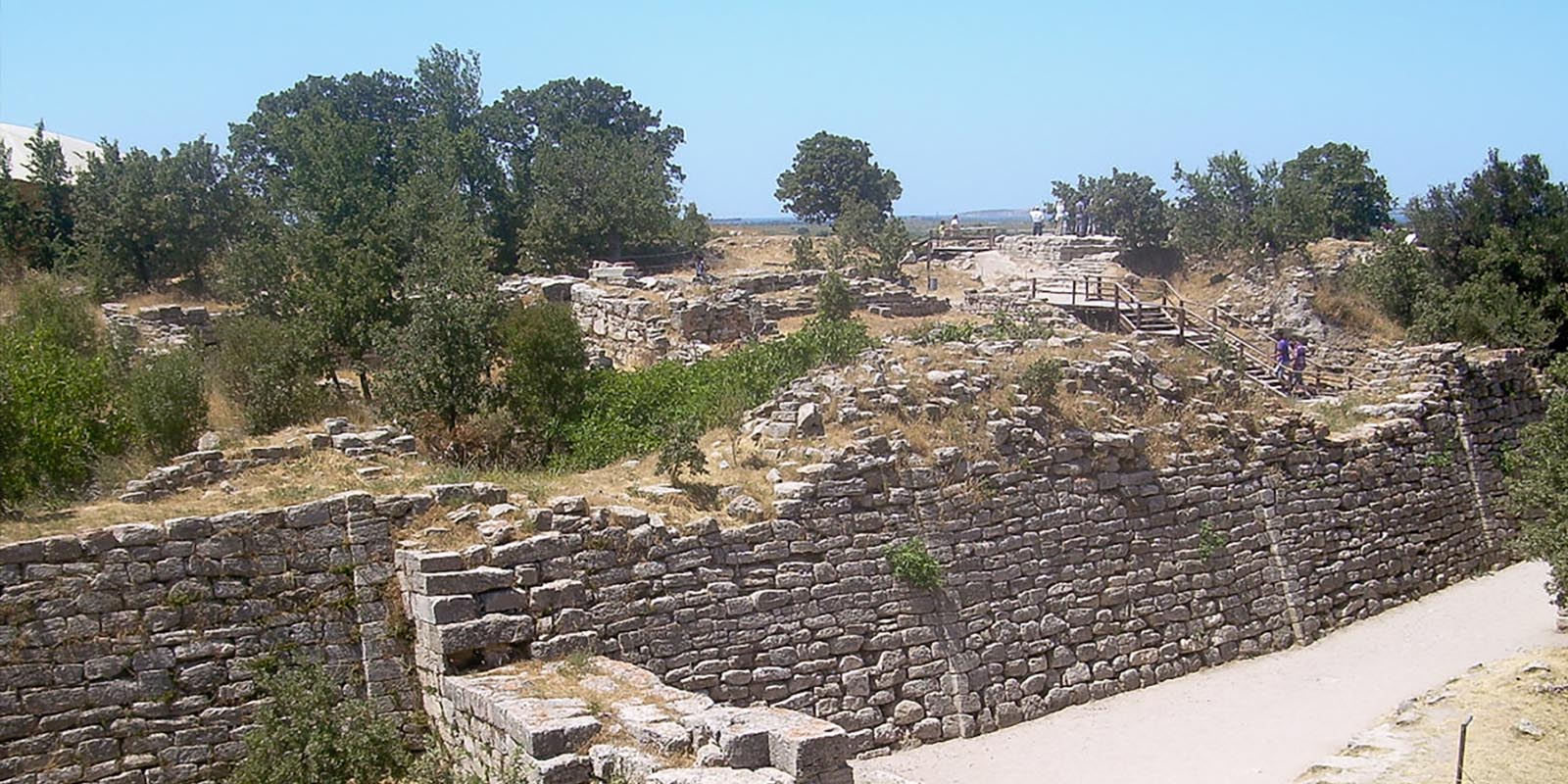

Troy, located near the Dardanelles in modern-day Turkey, is an ancient city steeped in both history and mythology. Its name is synonymous with the legendary Trojan War, immortalised by the ancient Greek poet Homer in his epic works, the "Iliad" and the "Odyssey." Beyond its mythological significance, Troy stands as a tangible archaeological site, inviting exploration and study.
History of Troy: Layers of Antiquity
The history of Troy spans millennia, and archaeological excavations, notably led by Heinrich Schliemann in the late 19th century, unveiled layers of ancient settlements. The site, consisting of nine identified layers (Troy I to Troy IX), reflects the city's evolution from the Early Bronze Age to the Roman period. Troy's strategic location at the intersection of trade routes contributed to its prosperity and cultural exchanges with neighbouring civilisations.
Landmarks of Troy: Unveiling the Ancient Tapestry
Defensive Walls: Troy's ruins reveal remnants of defensive walls, attesting to the city's efforts to fortify itself against external threats. These walls are testaments to the strategic importance of Troy in the ancient world.
The Wooden Horse: Perhaps the most iconic symbol of Troy, the wooden horse, is deeply woven into its mythology. While the actual existence of the wooden horse is debated, its representation as a symbol of cunning strategy during the Trojan War remains enduring.
Architectural Remains: Archaeological findings include architectural remnants that offer insights into the city's urban planning and construction techniques. These remains include houses, public buildings, and infrastructure that provide a glimpse into daily life in ancient Troy.
Sacred Enclosures: Troy features sacred spaces, including temples and altars, highlighting the religious practices and beliefs of its inhabitants. These sites contribute to our understanding of the spiritual life in the city.
Fascinating Facts about Troy: Unlocking the Enigma
Multiple Troy Cities: The existence of multiple layers at the Troy site indicates the rebuilding of the city on several occasions, showcasing its resilience and adaptability over time.
Historical Interactions: Troy's history reflects interactions with various cultures, including the Greeks, Romans, and Hittites, contributing to its diverse cultural tapestry.
City of Legends: Beyond the "Iliad," Troy appears in various ancient texts and is mentioned by renowned figures such as Herodotus and Virgil. Its fame extended beyond Greece into the wider Mediterranean world.
Ongoing Exploration: Troy continues to be an active archaeological site, with ongoing excavations revealing new discoveries and adding to the collective understanding of this ancient city.
Troy, with its mythological allure, historical richness, and ongoing archaeological exploration, stands as a testament to the enduring fascination with the ancient world and the interconnectedness of human civilisations.
| Location | 42.7284° N, 73.6918° W |
|---|

Troy, the ancient city immortalized in Homer's epic poems, was the site of the legendary Trojan War, a conflict sparked by a love affair and the infamous Trojan Horse.

Celebrated in legend and history, the ancient city of Troy is a timeless symbol of epic tales and archaeological intrigue.
Discover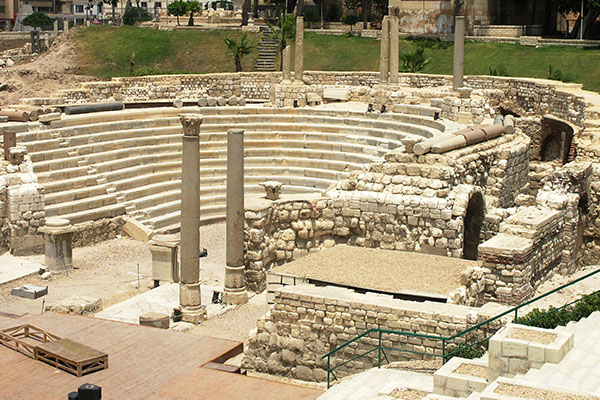
Explore the ancient allure of Alexandria, once a beacon of knowledge and culture in the ancient world.
Discover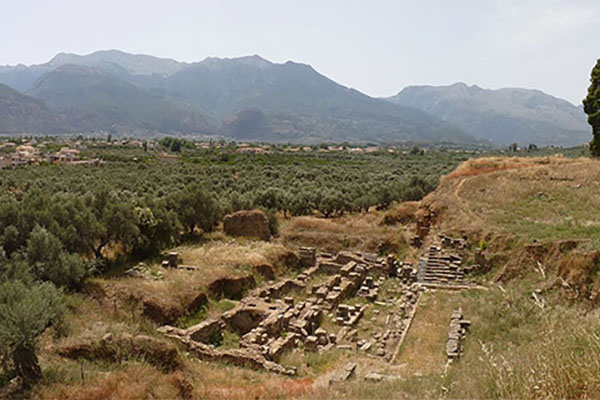
Discover the legendary city of Sparta, renowned for its fierce warriors and unique societal structure.
Discover
Discover the vibrant heartbeat of Greece in the historic city of Athens, home to iconic landmarks like the Acropolis.
DiscoverAncient Greek art and architecture, with its harmonious proportions and timeless elegance, continue to inspire awe and admiration millennia later.
Discover
Greek mythology, a rich tapestry of gods, heroes, and mythical creatures, captivates the imagination with its tales of love, betrayal, and epic adventures that delve into the depths of the human psyche.
Discover
Ancient Greek history, marked by remarkable achievements in democracy, philosophy, and warfare, shaped the foundation of Western civilization, leaving an indelible legacy of innovation and cultural influence that continues to resonate to this day.
Discover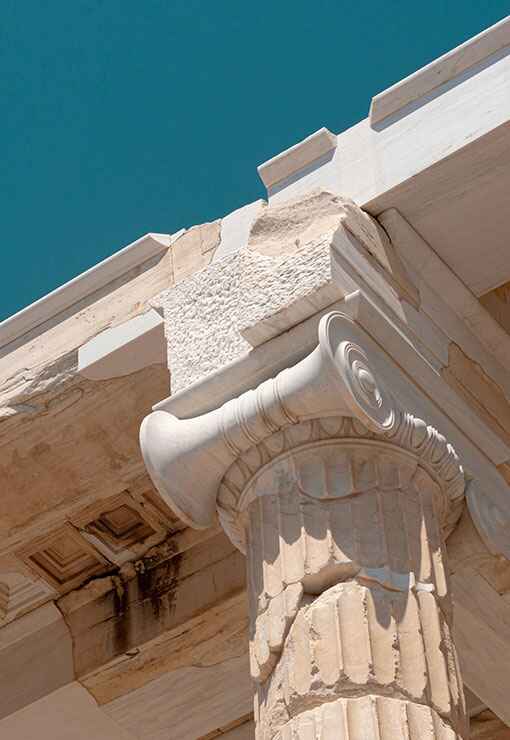
The ancient Greek Olympics, held in Olympia every four years, celebrated athleticism, unity, and cultural pride, serving as a testament to the enduring spirit of competition and excellence that transcends time and borders.
Discover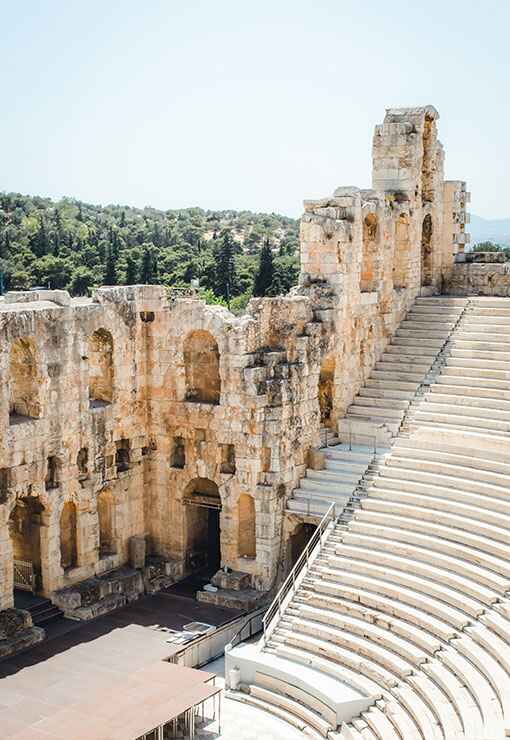
Ancient Greek wars, such as the Persian Wars and the Peloponnesian War, were pivotal conflicts that shaped the course of history, highlighting the struggle for power, independence, and the clash of civilizations in the ancient Mediterranean world.
Discover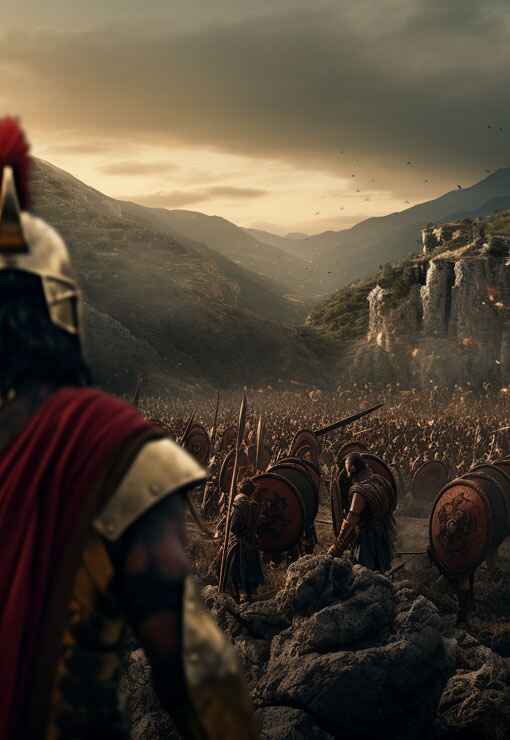
Ancient Greek culture and society, characterized by its emphasis on art, philosophy, and civic engagement, fostered a vibrant intellectual and social landscape where innovation flourished, democracy thrived, and the pursuit of knowledge and excellence was celebrated as fundamental values of civilized life.
Discover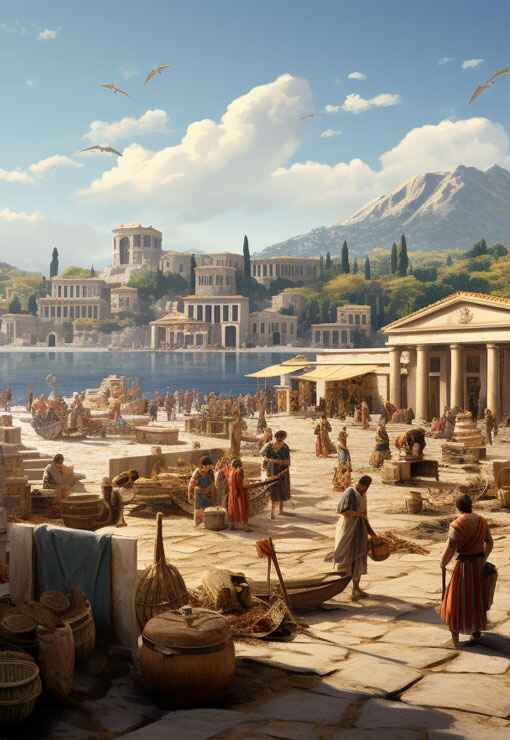
Find out more about ancientgreece.com